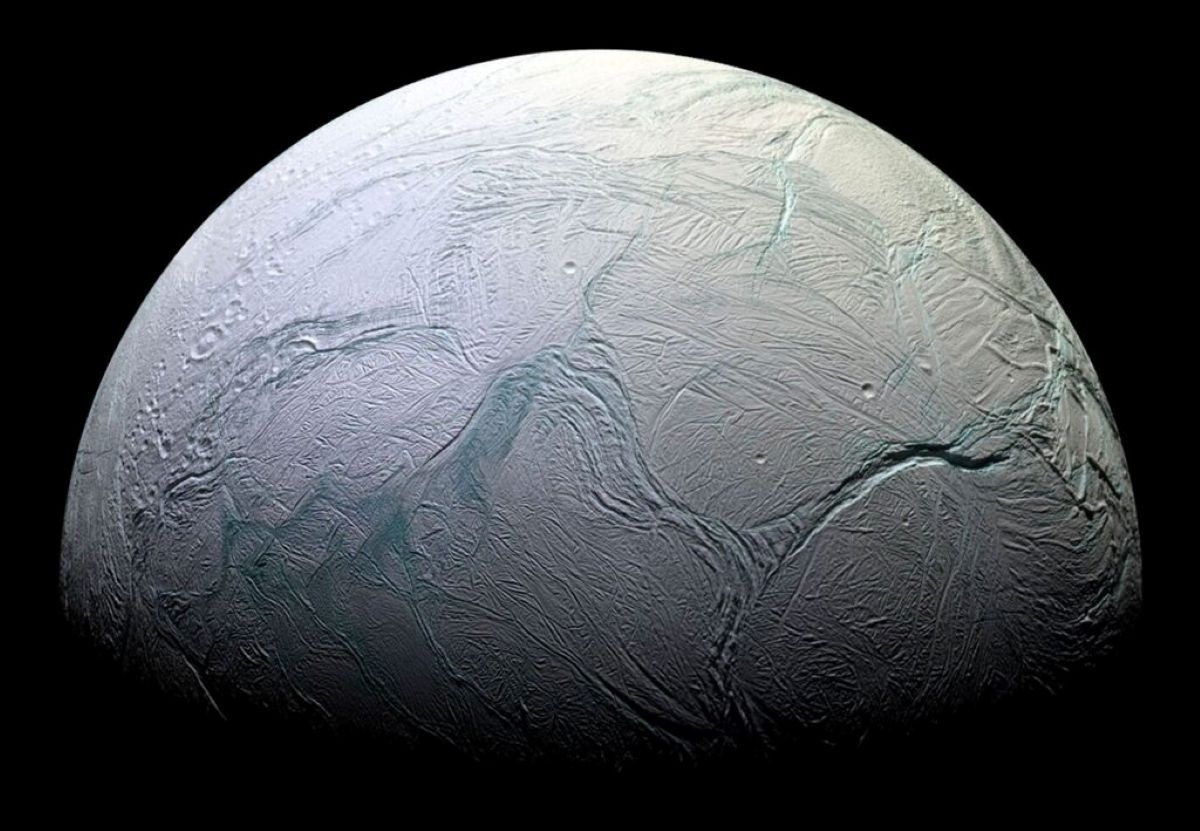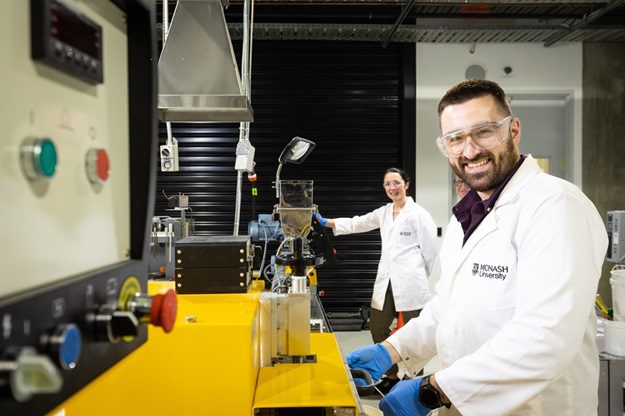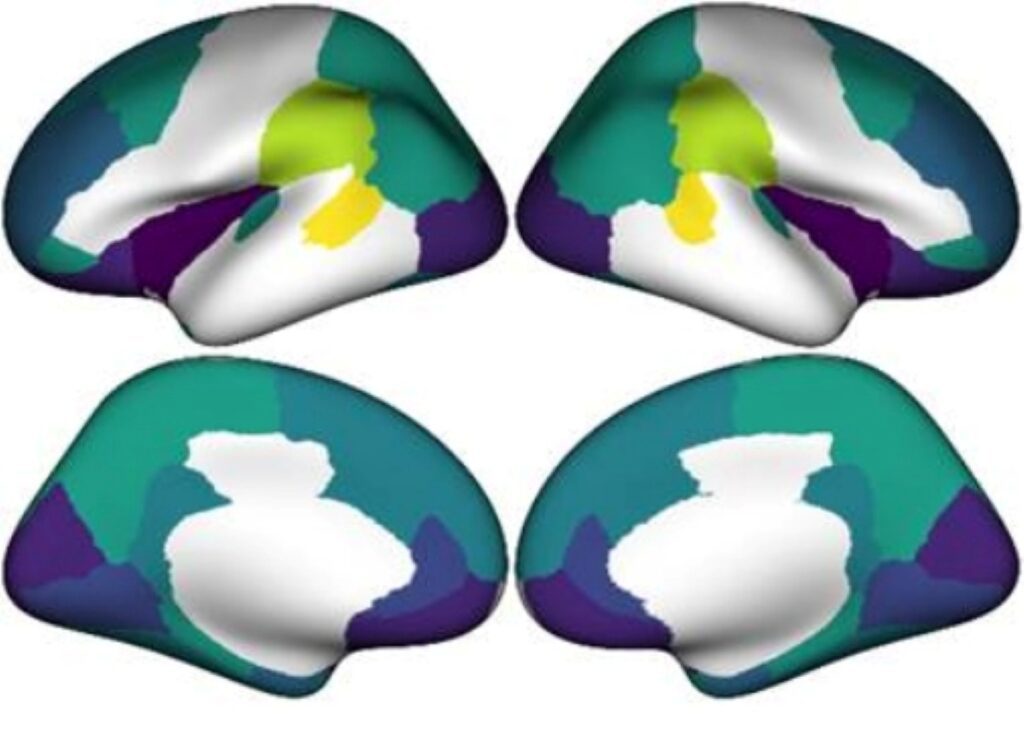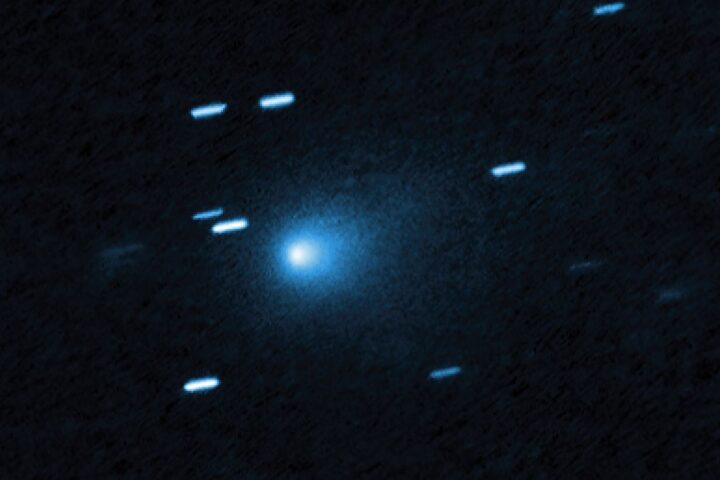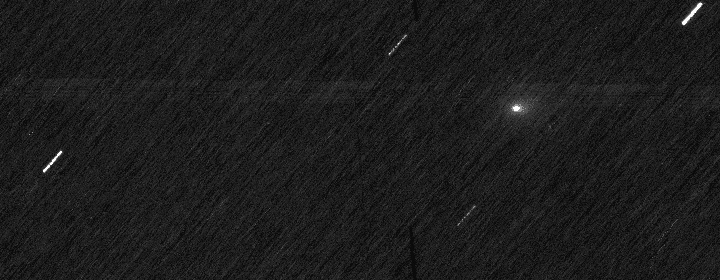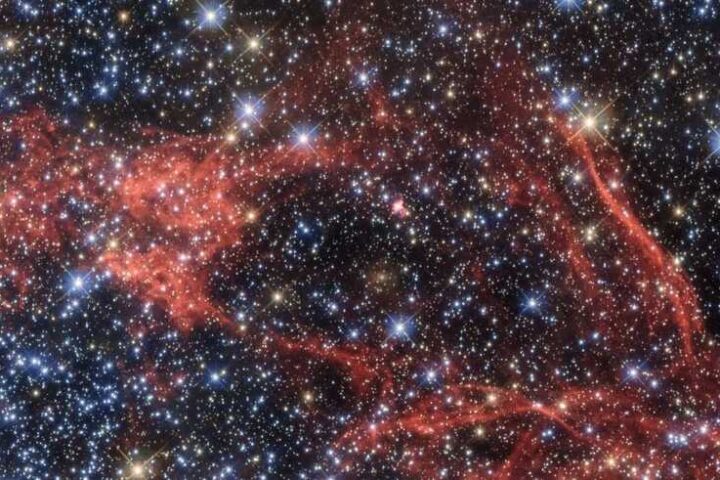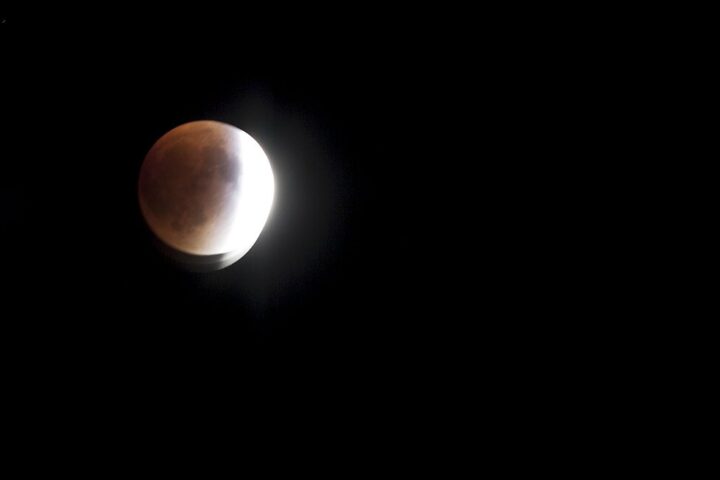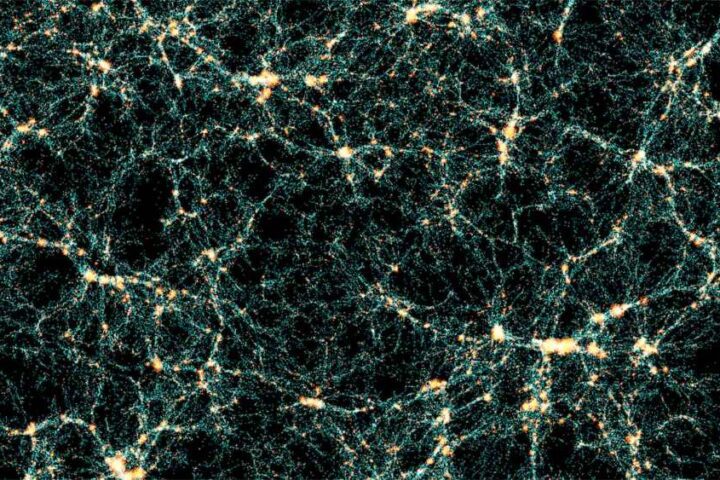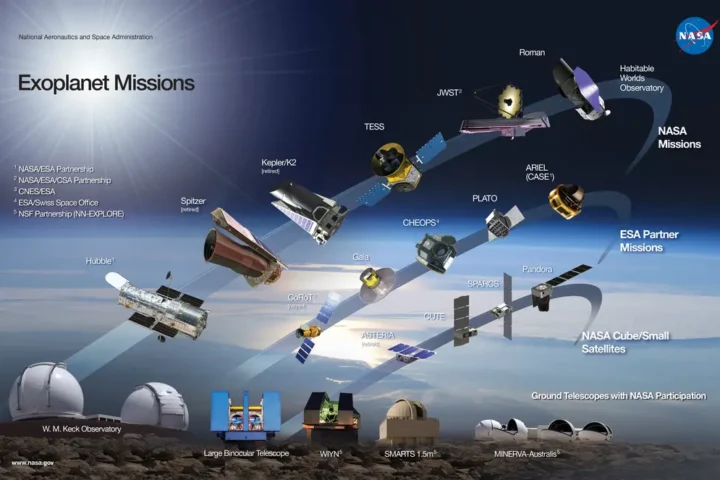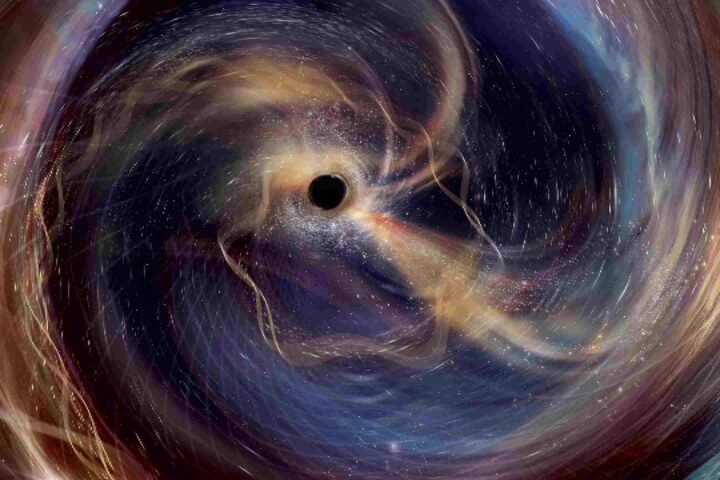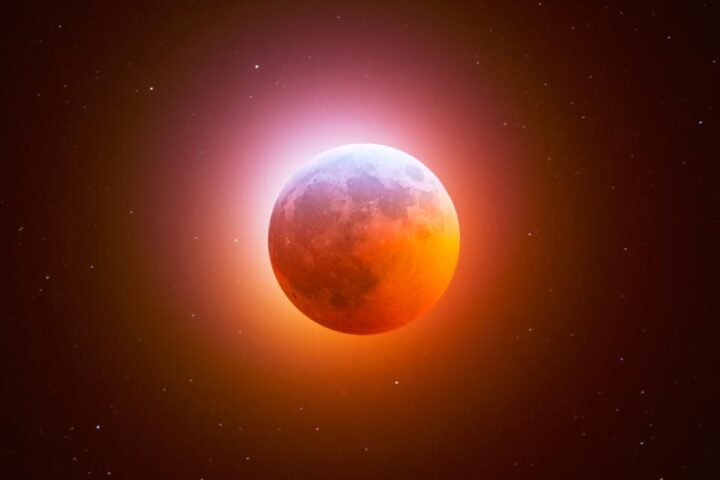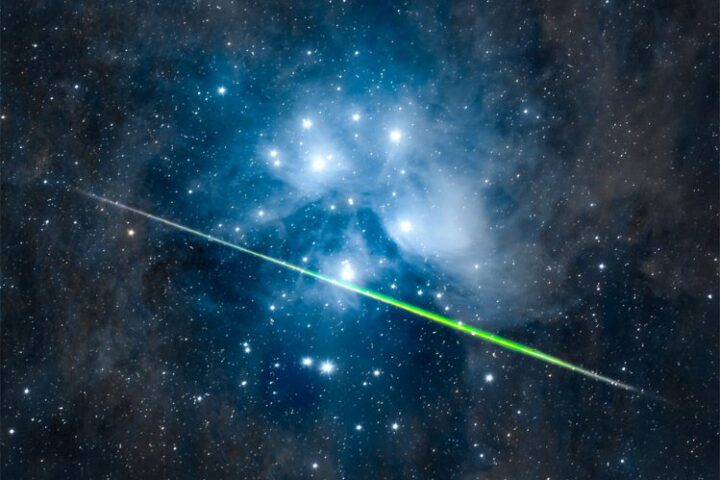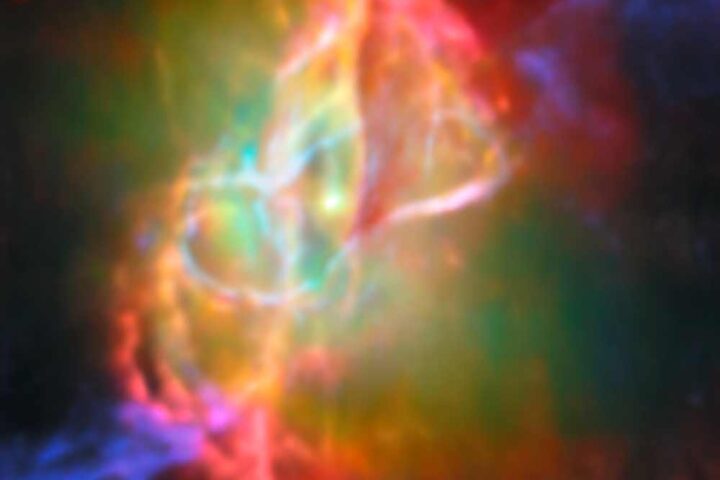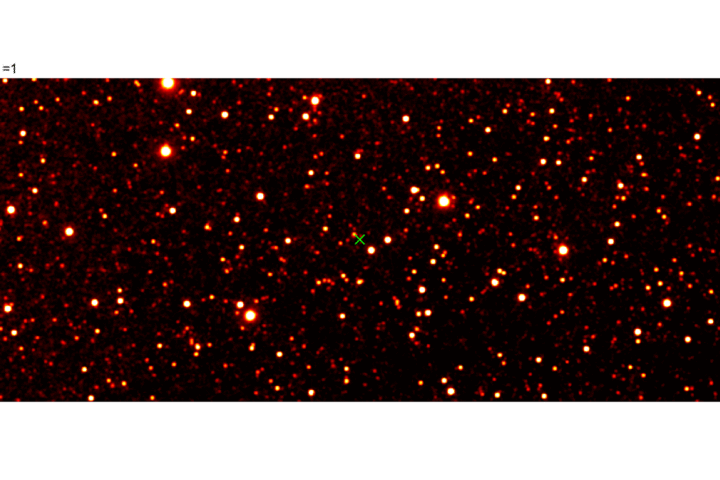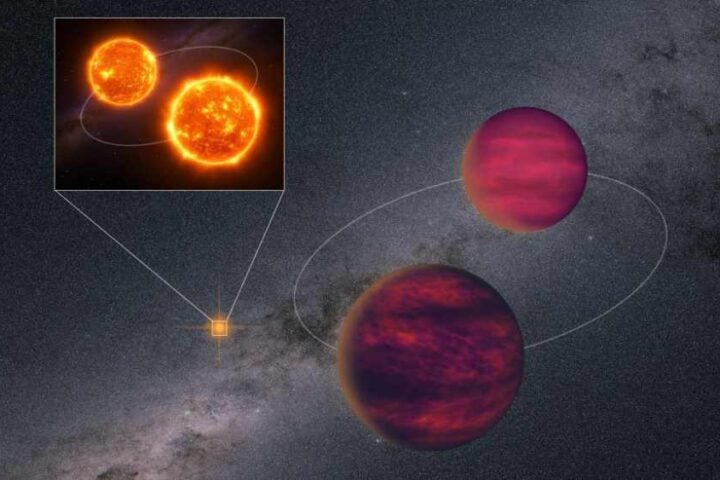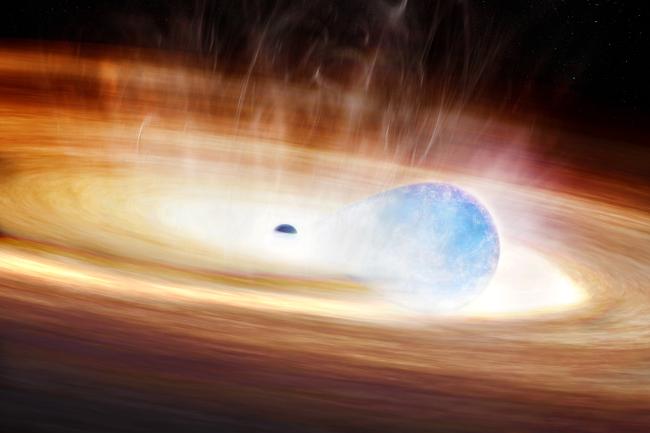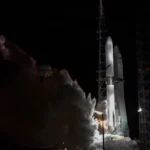Scientists have discovered new types of organic molecules in ice grains ejected from Saturn’s moon Enceladus, bolstering the possibility that this small, icy world could support life. The discovery comes from a fresh analysis of data collected by NASA’s Cassini spacecraft during a high-speed flyby in 2008.
Enceladus, a mere 313 miles (504 km) in diameter, has fascinated scientists since 2005 when Cassini first revealed plumes of water vapor shooting from cracks near its south pole. The geysers provided evidence of subsurface water. Later, in 2014, gravity and libration data confirmed a global ocean beneath an ice shell averaging 20–25 km thick.
Khawaja said the findings show that Enceladus has liquid water, energy sources, and essential organics — the three key ingredients for habitability, a planetary scientist at Freie Universität Berlin and lead author of the study published in Nature Astronomy on October 1, 2025.
Similar Posts
The breakthrough came from analyzing ice grains captured during Cassini’s closest flyby of Enceladus, when particles hit the spacecraft’s Cosmic Dust Analyzer at nearly 18 kilometers per second (about 64,800 km/h). At this high speed, water clusters break apart, reducing background noise and allowing clearer detection of organic fragments.
These freshly ejected grains, only minutes old when sampled, revealed several categories of organic molecules, including esters, ethers, alkenes, and aromatics. On Earth, similar molecules participate in chemical reactions that can lead to more complex compounds essential for life.
“Having a variety of organic compounds on an extraterrestrial water world is simply phenomenal,” said Fabian Klenner from the University of Washington, who participated in the study.
Scientists emphasize that finding a habitable environment doesn’t mean they’ve found life. “Being habitable and being inhabited are two very different things,” Klenner clarified. “We believe that Enceladus is habitable, but we do not know if life is indeed present.”
What makes Enceladus particularly interesting is its suspected hydrothermal vents on the ocean floor, similar to deep-sea vents on Earth, where life thrives without sunlight. These could provide energy sources necessary for life to develop.
The findings are driving momentum for future missions. The European Space Agency is studying an Enceladus mission concept that would orbit and potentially land near the geysers. Meanwhile, NASA’s Europa Clipper is scheduled to reach Jupiter in 2030 to study another promising ocean world.
“Even not finding life on Enceladus would be a huge discovery,” Khawaja noted. “It raises serious questions about why life is not present in such an environment when the right conditions are there.”University of Kent physics professor Nigel Mason, not involved in the research, concluded that underground oceans on moons “are perhaps the best candidates for the emergence of extraterrestrial life in our solar system. This work only confirms the need for further studies.”
